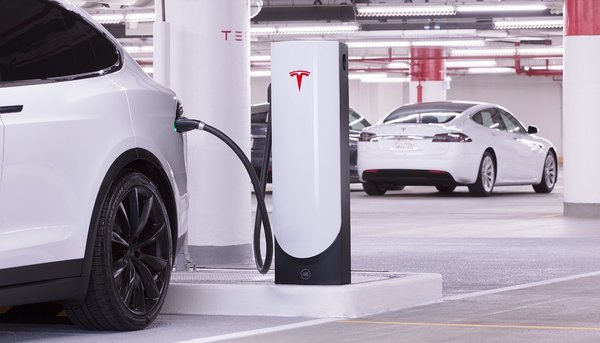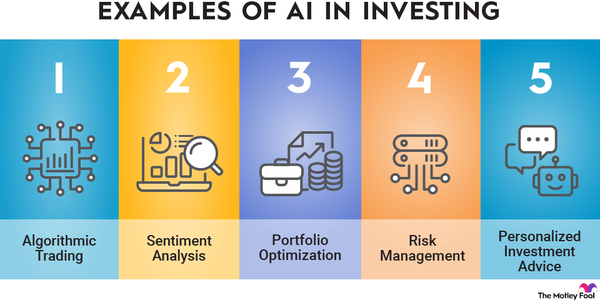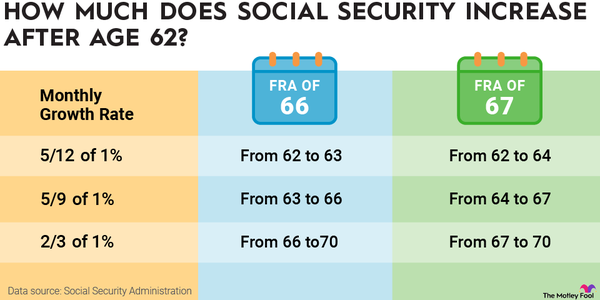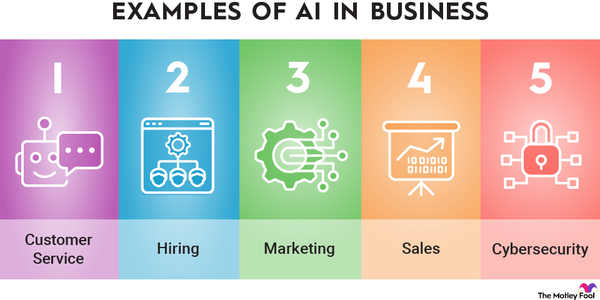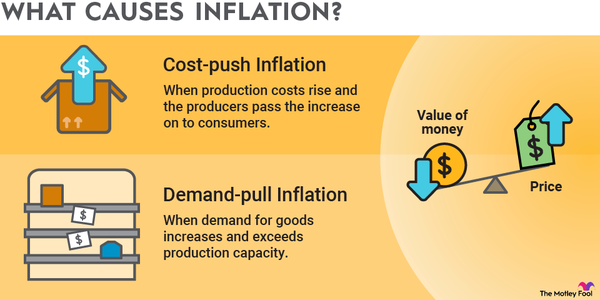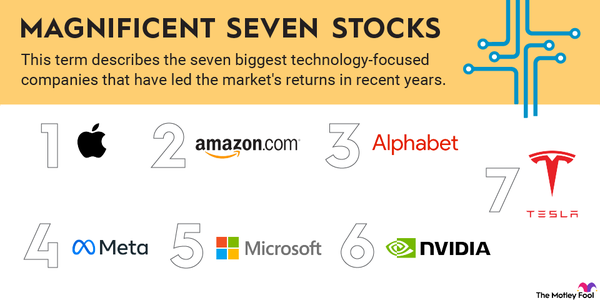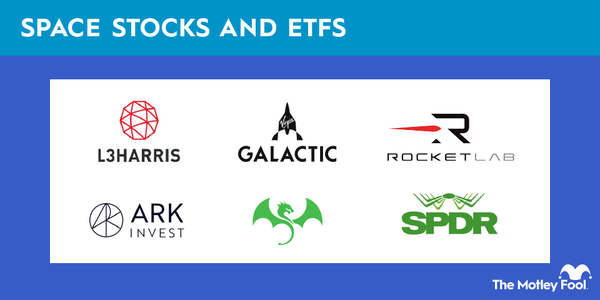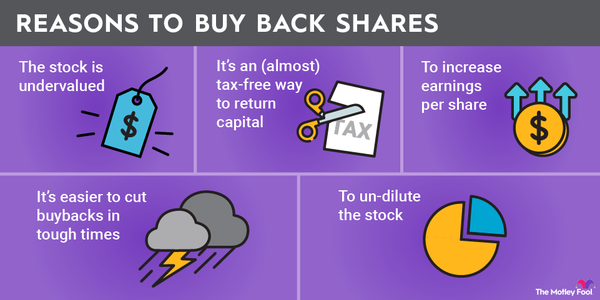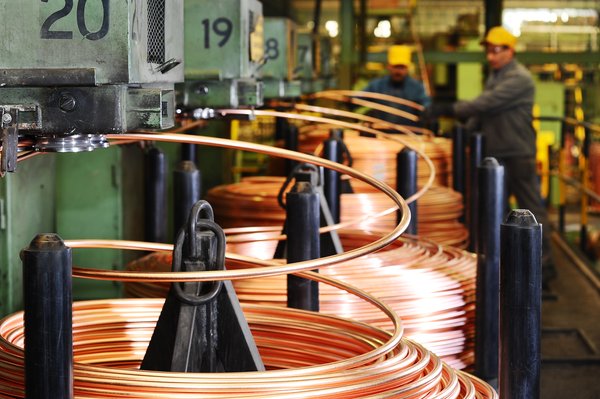With the Trump administration announcing tariffs on foreign automobiles and core automobile parts, a spotlight has been cast on which automakers assemble the most vehicles in the United States, how much of those vehicles are made up of U.S. content, and with which countries the United States has large automotive trade deficits.
The Motley Fool has the latest annual data on trade in automobiles and American assembly and content estimates. Read on for a full breakdown.
U.S. automobile imports, exports, and balance with every country
The United States ran a $158 billion trade deficit in automobiles in 2024. It exported roughly $59 billion worth of passenger vehicles that year and imported around $217 billion. In terms of volume, the United States imported 7.7 million vehicles and exported around 2.5 million.
The table below shows the U.S. automobile trade balance with each country in 2024 by value and volume.
The United States has a positive automobile trade balance with most countries. However, its large deficits with a handful, including Mexico, Japan, South Korea, Germany, and Canada, create an overall automobile trade deficit.
Most automobiles exported from Canada and Mexico to the United States have a significant amount of U.S. content, which isn’t reflected in automobile trade balance data. Analysts estimate that automobiles and auto parts can pass across North American borders over six times before final assembly. Prior to the implementation of the 2025 auto tariffs, the U.S.-Canada-Mexico Agreement allowed vehicles to be exported duty-free among the three signatories if 75% of the vehicle content was of North American origin.
U.S. automobile trade with Canada
The United States ran a roughly $13 billion automobile trade deficit with Canada in 2024. That’s down from $18 billion in 2023 but up from $8 billion in 2021.
Automobile manufacturing supply chains are highly interconnected between Canada, the United States, and Mexico as a result of NAFTA and the subsequent USMCA. That vehicles and parts will cross between the three countries multiple times before assembly is not apparent in the trade balance data for finished automobiles.
Trade in automobiles has been a foundational component of the U.S.-Canada economic relationship. The two countries signed the Canada-United States Automotive Products Agreement in 1965, which was eventually made obsolete by the more expansive NAFTA.
U.S. automobile trade with Mexico
The United States runs a consistent and significant automobile trade deficit with Mexico, totaling $45 billion in 2024, up from $40 billion in 2023 and $32 billion in 2022. The United States exported 215,000 vehicles to Mexico in 2024 and imported just over 2 million.
Through NAFTA, Mexico has become a platform for final vehicle assembly and parts manufacturing for North America. It's now the sixth-largest automobile manufacturer in the world behind Germany, India, Japan, the U.S., and China. Most automobiles assembled in Mexico are exported. Major automakers have assembly plants in Mexico, including Audi, BMW (ETR:BMW), Ford (NASDAQ:F), GM (NYSE:GM), Honda (NYSE:HMC), Hyundai (OTC:HYMTF), JAC Motors, Kia, Mazda (OTC:MZDAY), Mercedes Benz (OTC:MBGYY), Nissan (OTC:NSANY), Stellantis (NYSE:STLA), Toyota (NYSE:TM), Volkswagen (OTC:VWAGY), and Tesla (NASDAQ:TSLA).
U.S. automobile trade with Germany
The U.S. automobile trade deficit with Germany was $17 billion in 2024. Germany exported roughly 453,000 vehicles to the U.S. that year and imported about 166,000 U.S. vehicles. The automobile trade balance has been in Germany’s favor for years, although it narrowed in 2020 and 2021.
Germany is by far the largest auto exporter to the U.S. among EU countries. German auto brands including Volkswagen, BMW, and Mercedes-Benz have warned that tariffs would harm profits. Those companies have assembly plants in the United States, but they don’t produce every model or brand offered in the U.S. there.
The United States has long complained about the EU’s 10% tariff on automobiles, which is higher than the 2.5% that the United States has historically charged prior to the March tariff announcement. U.S. administrations have also claimed that U.S. automobile exports are stifled by different vehicle safety standards required by the EU.
U.S. automobile trade with South Korea
The U.S. had a trade deficit in automobiles with South Korea worth roughly $35 billion in 2024. The U.S. imported 1.6 million vehicles from South Korea and exported just 47,000. The imbalance in automobile trade between the two countries has steadily grown for more than a decade.
The Trump administration, in its first term, renegotiated aspects of the U.S.-Korea Free Trade Agreement with the aim of increasing U.S. automobile exports through regulatory streamlining and harmonization. U.S. passenger vehicle exports to South Korea did increase after the 2018 renegotiation, but export growth stalled and declined to previous levels in 2023. Over the same period, South Korean vehicle exports to the United States grew from just over 800,000 to roughly 1.5 million passenger vehicles in 2024.
Hyundai and Kia have automobile manufacturing operations in the United States, including vehicle assembly, although not for all models. In March, Hyundai announced a $21 billion investment in the United States that will include a steel plant that will feed into its automobile production in Alabama and Georgia and an increase in its assembly output at existing plants.
U.S. automobile trade with Japan
The U.S. automobile trade deficit with Japan was $39 billion in 2024. The U.S. imported 1.4 million passenger vehicles from Japan that year and exported less than 20,000. The U.S. has long held an automobile trade deficit with Japan.
Japanese companies build millions more vehicles in the United States -- with supply chains that stretch across North America -- than they export to the U.S. from Japan. In 2024, Japanese automakers produced 3.3 million passenger vehicles in the United States. Just under 300,000 were exported. Major Japanese automakers such as Honda, Toyota, Nissan, and Subaru have vehicle and parts plants throughout the United States in addition to research and development facilities.
How much American content each automaker uses
Tesla vehicles, on average, have the most American content -- 81% -- according to the Kogod Made in America Auto Index. Elon Musk’s electric vehicle company is followed by Honda (63% U.S. content), Ford (54%), and GM (54%).
Vehicles manufactured in North America have varying amounts of content from Canada, the United States, and Mexico due to how interconnected automobile manufacturing supply chains have become. Supply chains are so closely tied together that the Department of Transportation reports U.S.- and Canadian-origin content together.
GM is estimated to sell the most vehicles assembled in the United States in 2025, followed by Ford, Toyota, and Honda, according to data from CreditSights. GM is also projected to sell the most vehicles in the United States that were assembled in either Canada or Mexico, followed by Toyota and Honda. Tesla was not included in that data.
Vehicle origin and American content have been thrust into the spotlight by the Trump administration’s announcement of tariffs on foreign-assembled automobiles and tariffs on the value of foreign content in cars assembled in America.
Why investors should care about automotive trade data
Not all companies are equally exposed to automobile tariffs, and trade and national content data can give investors clues into which manufacturers face the most tariff risk. Automakers will have to contend with an unpredictable trade landscape in the coming years. Tariffs could increase costs for companies that rely heavily on imports, leading to higher-priced vehicles or tighter profit margins.
Investors should be aware that Mexico serves as a crucial hub for final vehicle assembly and parts manufacturing, with major automakers including Ford, GM, and Toyota operating plants there. BMW and Volkswagen, which export vehicles to the U.S. from Germany, may also face a more challenging environment.
Tariffs have the potential to reshape global automobile supply chains, although potentially less so for companies that already use a high percentage of American content, such as Tesla and GM. Those companies may have a competitive edge in a tariff-rich environment.
Sources
- CreditSights (2025). “Global Autos: US Import Tariff Implications.”
- Japanese Automobile Manufacturers Association (2025). “JAMA in America: Annual Data Release Highlights Another High-Impact Year for Japanese-Brand Automakers in the U.S.”
- Kogod School of Business (2025). “2024 Made in America Auto Index.”
- U.S. Department of Commerce (2025). USITC DataWeb.


























































